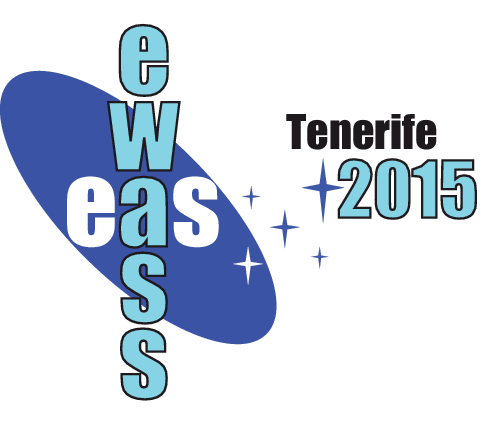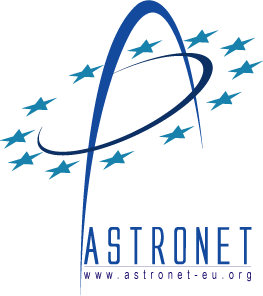
|
Special Meeting SM7
24 June 2015
ASTRONET 2015 - 2025: The Next DecadeNews: June 24: Links to the final, published reports on the updated Science Vision and Infrastructure Roadmap are provided here, as well as a link to the ERTRC web page . Aims and scope
ASTRONET was formed to initiate the science-based strategic planning for the development of all of European astronomy, which is behind this notable achievement. The European funding agencies behind ASTRONET agree that similarly comprehensive strategic coordination must continue on a permanent basis, without temporary life support from the EU. Accordingly, preparations for a new ASTRONET agreement by the end of 2015 are under way: The road is clear for the busy decade of scientific and practical preparations ahead of us. Today, the key questions are, "Where are we; what did we miss; and where do we go from here?". Partial answers are given in the Roadmap update, but future planning will not be a mere extrapolation of the past: The new mega-projects will need new forms of cooperation and coordination; and new major players, notably China and India, will play important roles in parallel with Europe and the USA. This session will present ASTRONET's plans to maintain the key planning and coordination functions on a permanent basis, and will discuss with the audience how Europe can best lead the way to a flourishing and cost-effective future for global astronomy. Programme
Invited speakers
Scientific organisers Contact Updated on Wed Jun 24 15:32:46 CEST 2015
|
||||||||||||||||||||||||||||
|
EWASS 2015 : European Week of Astronomy and Space Science |
|||||||||||||||||||||||||||||
 A power cut will shut down all EAS services on Tuesday, 10 January 2017 starting at 7:30 CET.
A power cut will shut down all EAS services on Tuesday, 10 January 2017 starting at 7:30 CET.


















